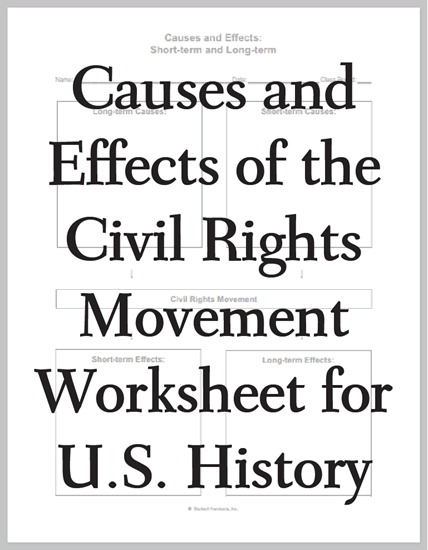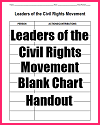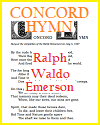Students construct a DIY infographic by listing the short- and long-term causes and effects of the Civil Rights movement on this printable worksheet.
Click here to print (PDF file). Answers will vary.
The Civil Rights Movement in the United States was a multifaceted and long-lasting struggle for racial equality and justice. It encompassed various events and leaders, both short-term and long-term, contributing to its causes and effects.
Short-Term Causes:
- Brown v. Board of Education (1954): The Supreme Court's decision in this case declared racial segregation in public schools unconstitutional, challenging the "separate but equal" doctrine.
- Rosa Parks and the Montgomery Bus Boycott (1955): Rosa Parks' refusal to give up her bus seat and the subsequent boycott led by Martin Luther King Jr. marked a significant turning point in the movement.
- Little Rock Nine (1957): The integration of Little Rock Central High School in Arkansas demonstrated the resistance to desegregation and the federal government's involvement in enforcing it.
- Sit-Ins and Freedom Rides (Early 1960s): Activists used nonviolent civil disobedience to challenge segregation in public facilities and interstate transportation.
Long-Term Causes:
- Legacies of Slavery and Jim Crow Laws: Centuries of racial inequality, slavery, and Jim Crow segregation created a social and legal environment that necessitated change.
- World War II and Cold War: The fight for democracy and freedom abroad led to increased scrutiny of racial discrimination at home.
- Great Migration: The movement of millions of African Americans from the South to the North during and after World War I exposed them to different experiences and expectations.
- Influential Figures and Organizations: The groundwork laid by figures like W.E.B. Du Bois, Booker T. Washington, A. Philip Randolph, and organizations like the NAACP contributed to the movement.
Short-Term Effects:
- Civil Rights Act of 1964: This landmark legislation outlawed discrimination based on race, color, religion, sex, or national origin, and desegregated public facilities.
- Voting Rights Act of 1965: This act aimed to eliminate racial discrimination in voting, particularly in the South, and opened the door for greater African American political participation.
- Desegregation of Schools and Public Facilities: The movement resulted in the integration of schools, public transportation, and various public spaces.
- Leadership and Empowerment: The movement gave rise to charismatic leaders like Martin Luther King Jr., whose "I Have a Dream" speech is iconic, and empowered marginalized communities to demand their rights.
Long-Term Effects:
- End of Legal Segregation: The Civil Rights Movement led to the elimination of legal segregation, marking significant progress toward racial equality.
- Social and Cultural Impact: The movement spurred greater social awareness, cultural shifts, and a more inclusive society.
- Political Changes: African American political representation increased, and the movement paved the way for future civil rights legislation.
- Continued Struggles: Despite legislative victories, issues related to systemic racism, economic disparities, and social justice persist.
- Inspiration for Global Movements: The U.S. Civil Rights Movement served as an inspiration for other movements around the world.
The Civil Rights Movement in the United States was a transformative period, representing a turning point in the country's history. It addressed immediate injustices and set the stage for ongoing efforts toward achieving racial equality and justice.
|













